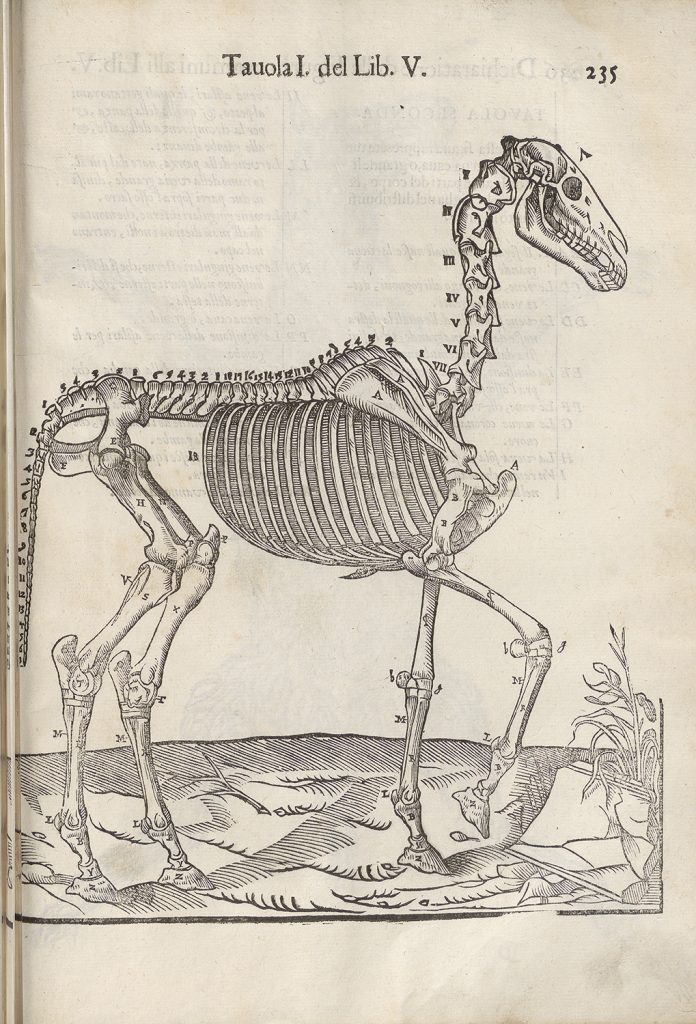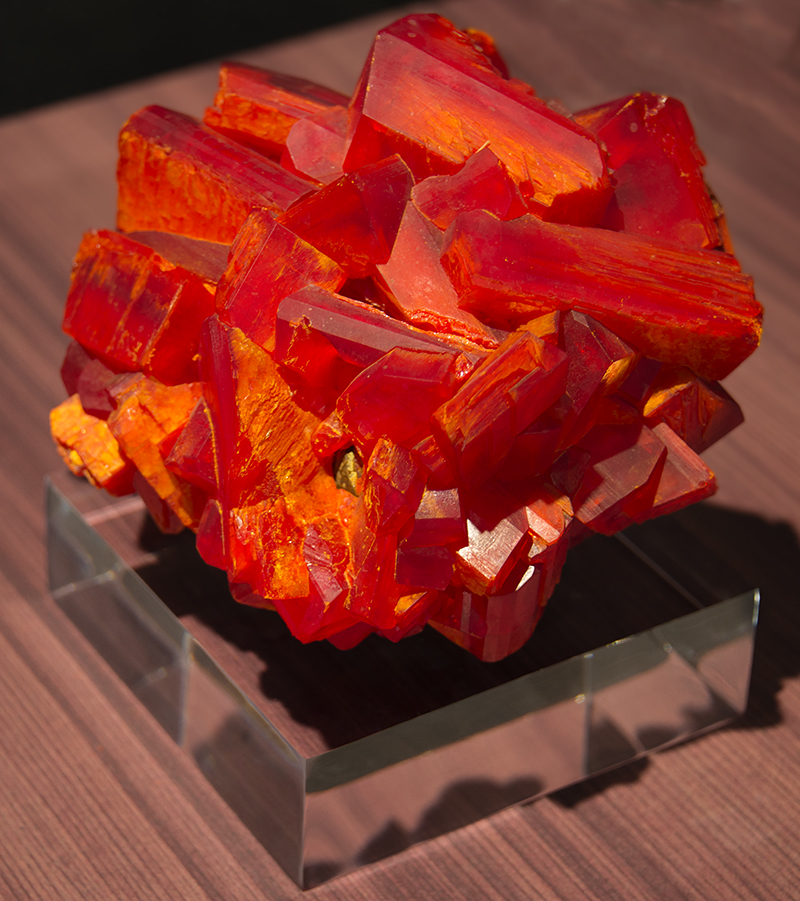Recently I digitised Carlo Ruini’s ‘Anatomia Del Cavallo’ (The Anatomy of the Horse, Diseases and Treatments) as part of our Iconic’s collection on our i2S V-shape cradle scanner. It is a lavishly illustrated anatomic manual on the study of horses and was the first book to focus exclusively on the structure of a species other than man. In Ruini’s estimation, the horse combines ‘great love of man’ with natural docility and is celebrated for its many ways to bring pleasure and assistance to man that it is commemorated everywhere in monuments, tombs, poetry, and painting.
Category: <span>School of Physics and Astronomy</span>

Shelfmark: JZ 439
‘Bound to the stake by the iron chain, with a chaplet of straw and green twigs covered with sulphur on his head, with his long dark face, it is said that he looked like the Christ in whose name he was bound. Around his waist were tied a large bundle of manuscript and a thick octavo printed book. The torch was applied, and as the flames spread to the straw and sulphur and flashed in his eyes, there was a piercing cry that struck terror in the hearts of the bystanders…’Jesu, thou Son of the eternal God, have mercy upon me.’ (Michael Servetus: Humanist and Martyr, Fulton, John F. 1953)
These were the last words of Michael Servetus, physician and theologian, condemned to death in 1553 after being branded a heretic.

The University’s Iconics Collection holds some of the institution’s most valued and treasured items, and the recent push for more digitisation of the University of Edinburgh collections has meant that the Iconic items are a high priority.
Recently I digitised Copernicus’ De Revolutionibus Orbium Coelestium (The Revolutions of the Heavenly Spheres). Copernicus is regarded as one of the central figures of the Scientific Revolution for his heliocentric theory. It is considered one of the key works in the history of western astronomy as it brought forth a new theory about the Universe and our place in it at a time where it was widely believed that everything in the Universe orbited a motionless, central Earth. It was also the first open criticism against Aristotelian and Ptolemic systems, which in addition to claiming Earth was central, employed the classical ideal of ‘celestial motions’ being eternally uniform and circular.
We are thrilled to announce that we now have online the entire manuscript of Abu Rayhan Al-Biruni, his ‘Chronology of Ancient Nations’. Al- Biruni was a famous astronomer and polymath and he completed this compendium in the year 1000. It records a vast number of calendars and chronological systems from a variety of different cultural and religious groups in the late antique and medieval periods in the Hellenic world, Central Asia and the Near East, even detailing festivals and liturgical practices.
Last week Mercator’s beautiful Atlas sive Cosmographicae found its way into the DIU, only after it arrived did we discover that it was actually his 503rd Birthday, a fact celebrated by google with a Google Doodle http://www.google.com/doodles/gerardus-mercators-503rd-birthday.

Part of our remit in the DIU has been to work through a list of ‘Iconic’ Items from the collection in our spare time. Over the years we have completed the digitisation of some outstanding manuscripts and collections in this way, from the Hill and Adamson photographs (a personal favourite- see http://images.is.ed.ac.uk/luna/servlet/s/jl5w63) to the wonderful Laing Album Amicorum (see http://images.is.ed.ac.uk/luna/servlet/s/6oh338 ).
Images from the of Cradle of Chemistry which opened at University of Edinburgh Library on Thursday. The exhibition runs until 02/11/2013.



